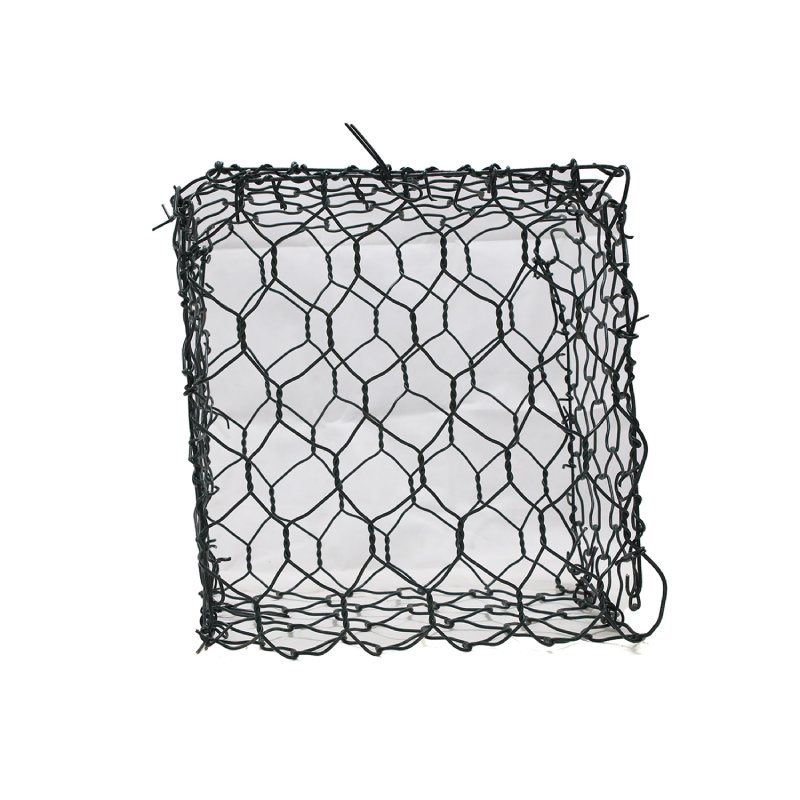The Versatility and Benefits of Woven Wire Fences
Woven wire fences have long been a popular choice for various fencing needs, owing to their strength, versatility, and durability. They are constructed using metal wires that are woven together in a pattern, creating a sturdy barrier that can serve multiple purposes, from agricultural needs to residential applications. This article explores the characteristics of woven wire fences, their benefits, and common uses.
Construction and Design
Woven wire fences typically consist of high-tensile strength wires that are woven in a crimped pattern. This method of construction not only enhances their strength but also allows them to flex under pressure, which helps them withstand environmental challenges such as strong winds and heavy impacts. The configuration can vary, with different spacing and heights available to accommodate various needs. Whether for livestock containment, garden protection, or property delineation, the design flexibility makes woven wire fencing a popular choice.
Benefits of Woven Wire Fences
1. Durability One of the key advantages of woven wire fences is their robustness. Made from galvanized steel or other corrosion-resistant materials, they can withstand harsh weather conditions and resist rust and decay. This durability results in lower maintenance costs, as they seldom require repairs or replacements.
2. Versatility Woven wire fences are suitable for a wide range of applications. Farmers and ranchers often use them to contain livestock such as sheep, goats, and cattle, as the tight weave prevents animals from escaping while keeping predators at bay. Additionally, these fences can be effective for creating boundaries for gardens, orchards, and even sports fields.
3. Aesthetic Appeal While functional, woven wire fences can also enhance the aesthetic appeal of a property. They provide a rustic charm that can blend well with natural landscapes, making them an attractive option for homeowners looking to delineate their property while maintaining the beauty of their surroundings.
woven wire fence

4. Cost-Effective Compared to other fencing options such as wooden or vinyl fences, woven wire fences are often more cost-effective in terms of materials and installation. Despite their lower initial cost, their longevity means that they can be a more economical choice in the long run.
5. Easy Installation The installation of woven wire fences is relatively straightforward. They come in rolls, making transportation and handling easier. Many property owners can install them themselves, further reducing costs.
Common Uses of Woven Wire Fences
In addition to their use in agriculture, woven wire fences are increasingly being employed in residential settings. They make excellent boundaries around yards and gardens, keeping pets safe and deterring wildlife from entering. Additionally, their visibility allows homeowners to maintain an open view of their surroundings, unlike solid fences that can obstruct sightlines.
In urban settings, woven wire fences can also be used for commercial purposes. They are often found in industrial sites and warehouses, providing security while allowing air circulation and visibility.
Conclusion
Woven wire fences stand out for their combination of strength, versatility, and low maintenance requirements. Whether used in agricultural, residential, or commercial settings, they provide a reliable and attractive solution for a variety of fencing needs. As more property owners and farmers recognize the advantages of woven wire fencing, its popularity continues to grow, solidifying its place as a go-to fencing option in numerous applications.
-
The Best Metal Mesh Solutions: Expanded Aluminum Metal vs. Expanded Stainless Steel Metal
NewsSep.10,2024
-
Round Perforated Sheets vs. Hexagonal Perforated Sheets vs. Embossed Perforated Sheet Metal
NewsSep.10,2024
-
Perforated Metal Sheets
NewsSep.10,2024
-
Experience The Excellence Of Stainless Steel Grating
NewsSep.10,2024
-
Discover the Versatility Of Metal Mesh Expanded Forming Machines
NewsSep.10,2024
-
Discover The Advantages Of Steel Grating For Sale
NewsSep.10,2024
Subscribe now!
Stay up to date with the latest on Fry Steeland industry news.

